syn·site
...IS A PARASITE?
...IS A PARASITE?
SYN (along with, at the same time | from Greek SYN, with | ~SYNTHETIC) + SITE (N: point of event, occupied space, internet address; V: to place in position | from Latin SITUS, location, idleness, forgetfulness | ~WEBSITE ¬cite ¬sight), cf. SITE/NON-SITE (from Robert Smithson, A PROVISIONAL THEORY OF NONSITES, 1968)






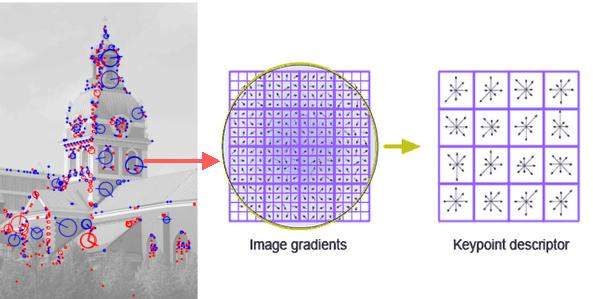


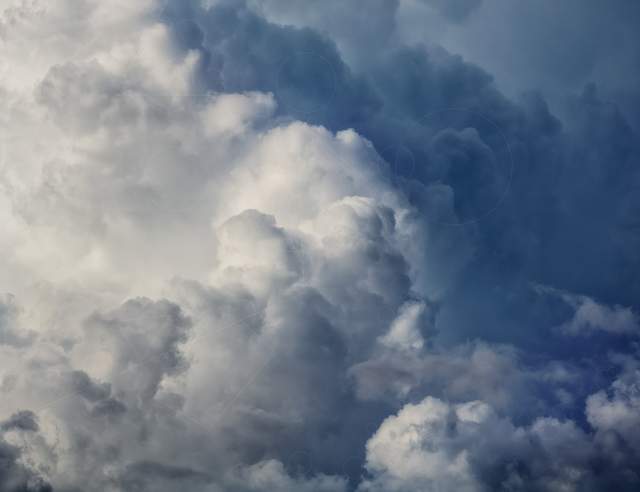


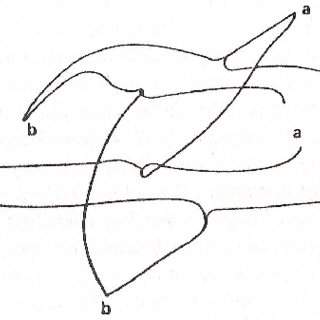





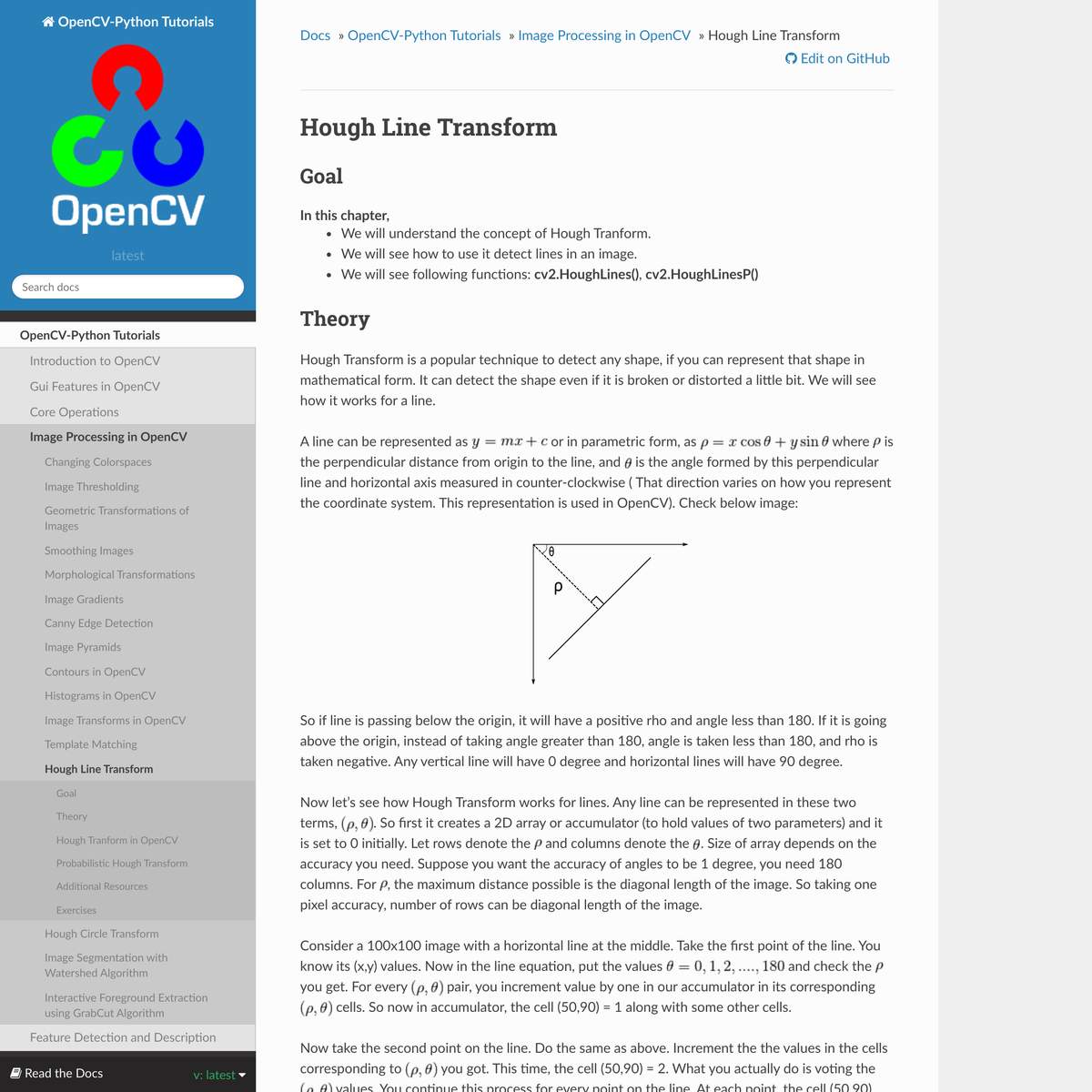


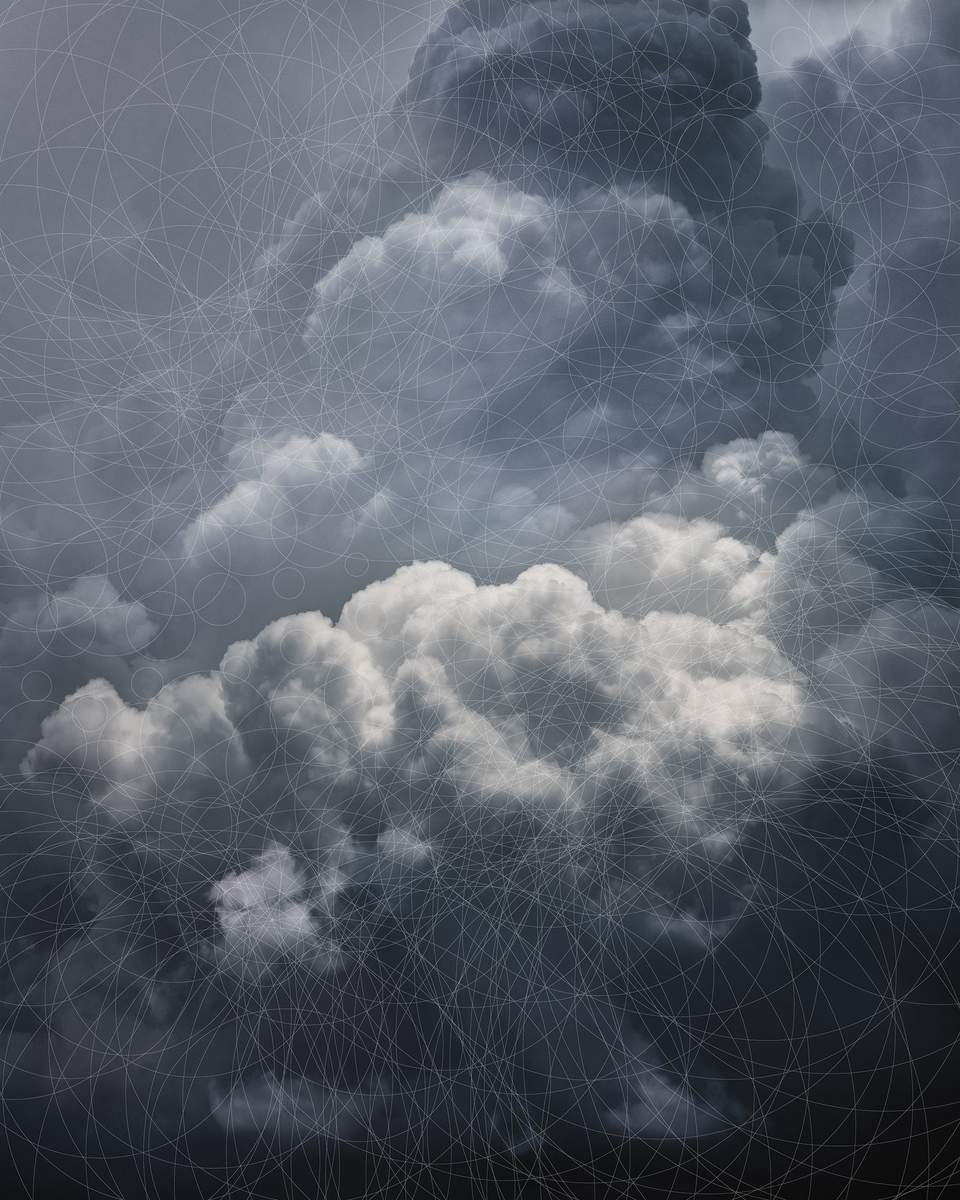


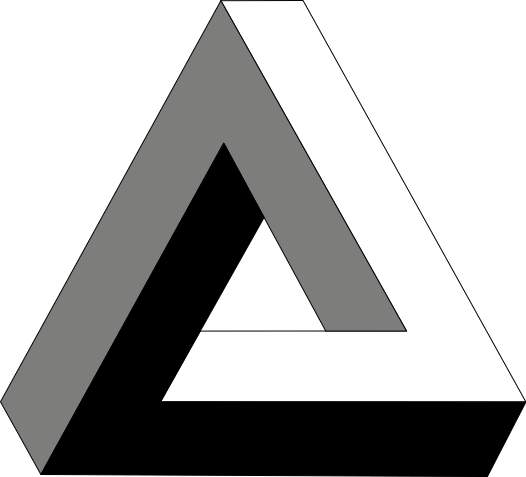


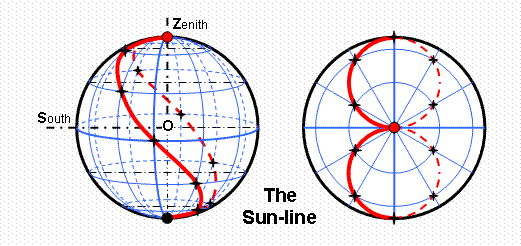





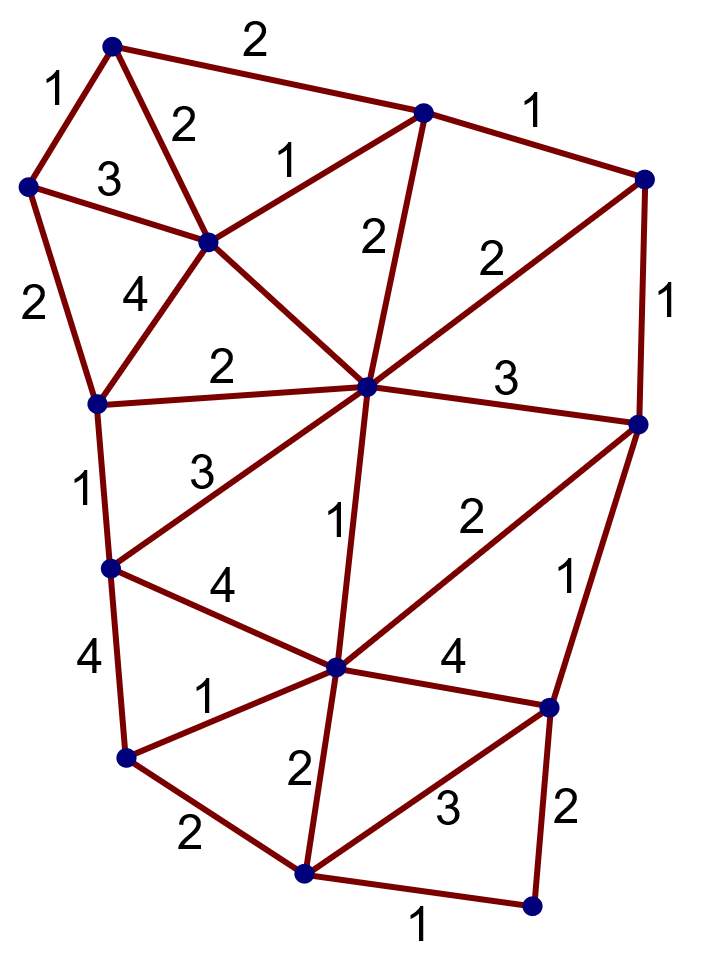


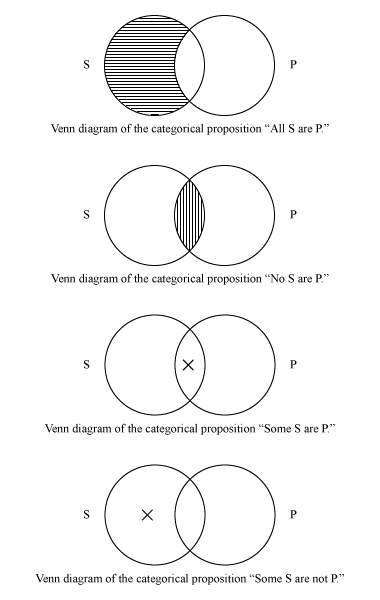


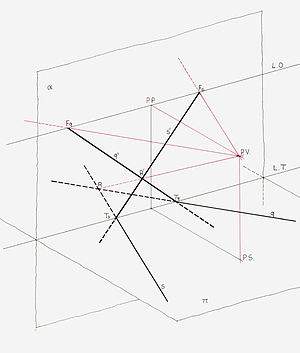





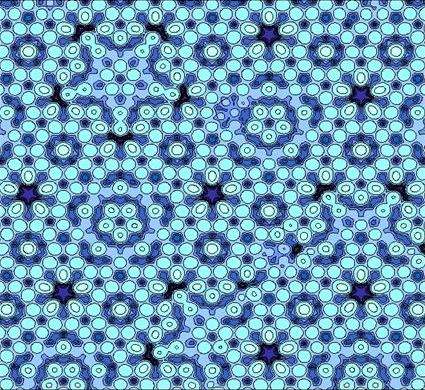


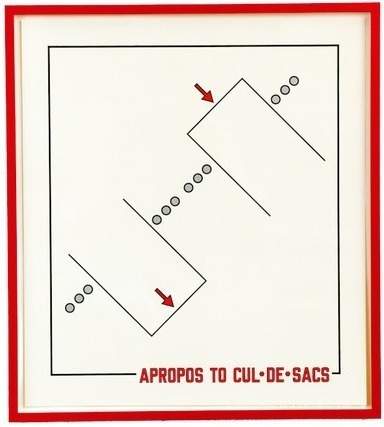


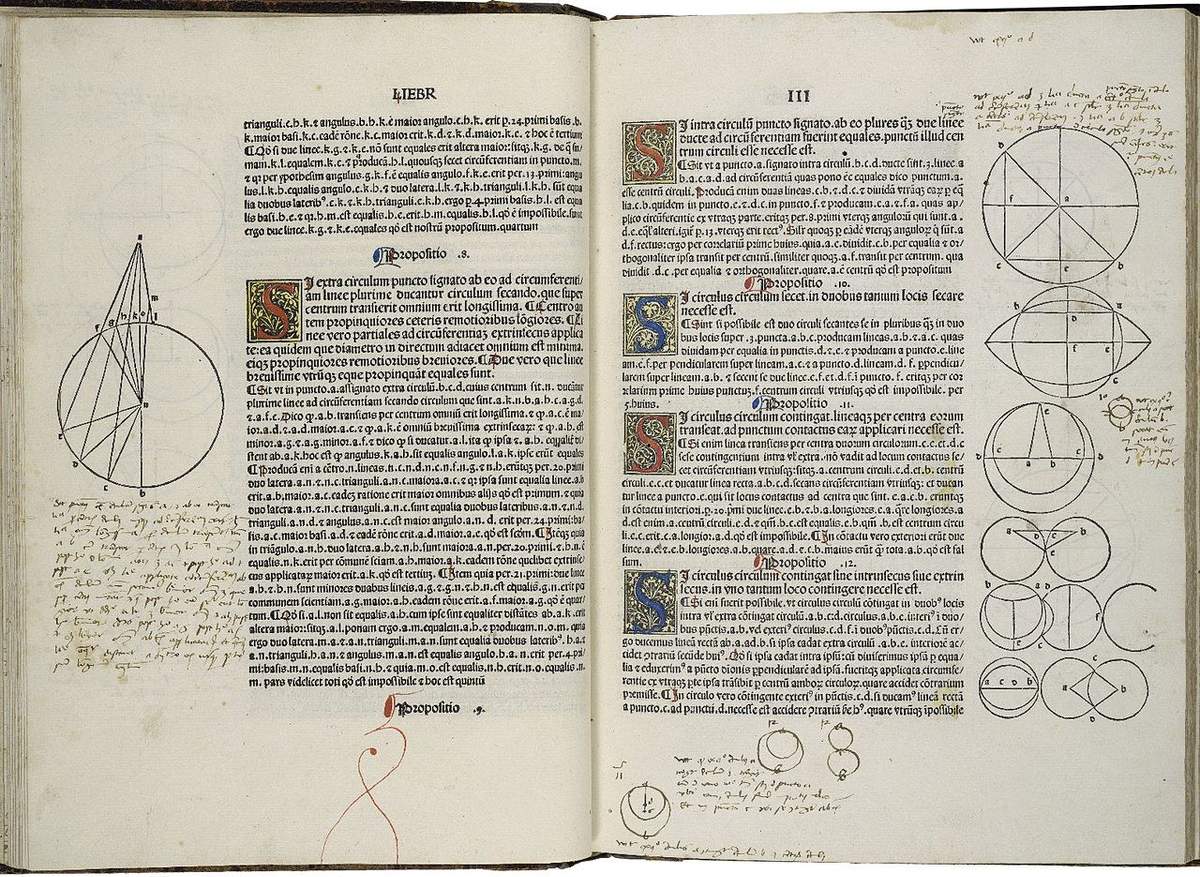


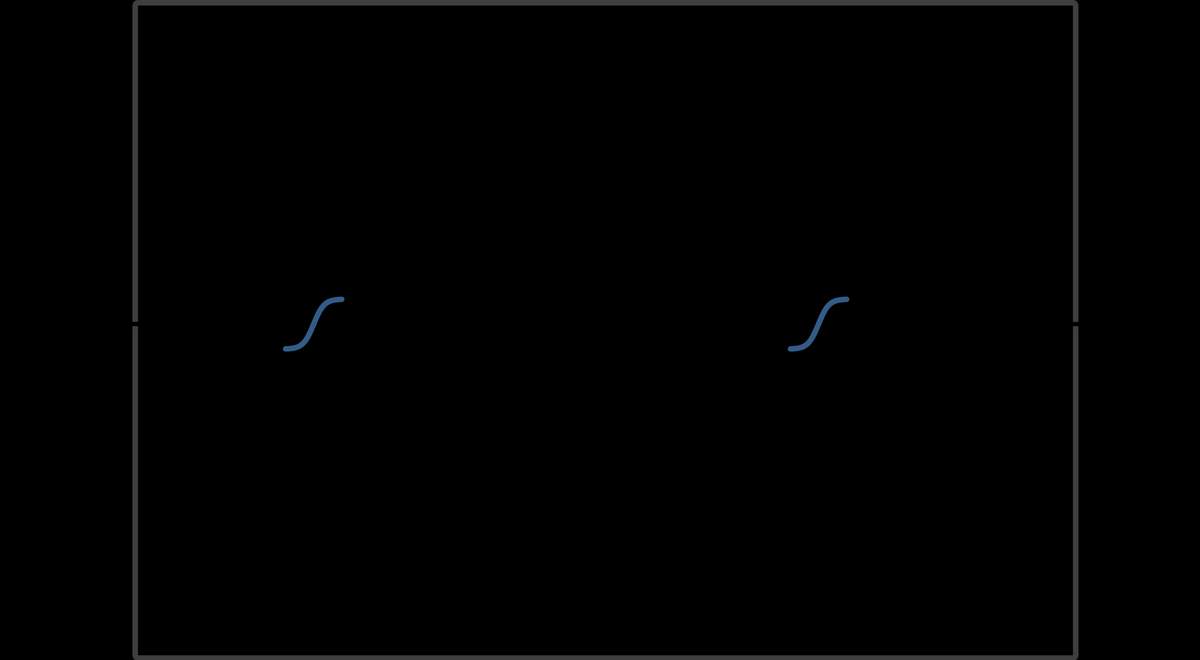


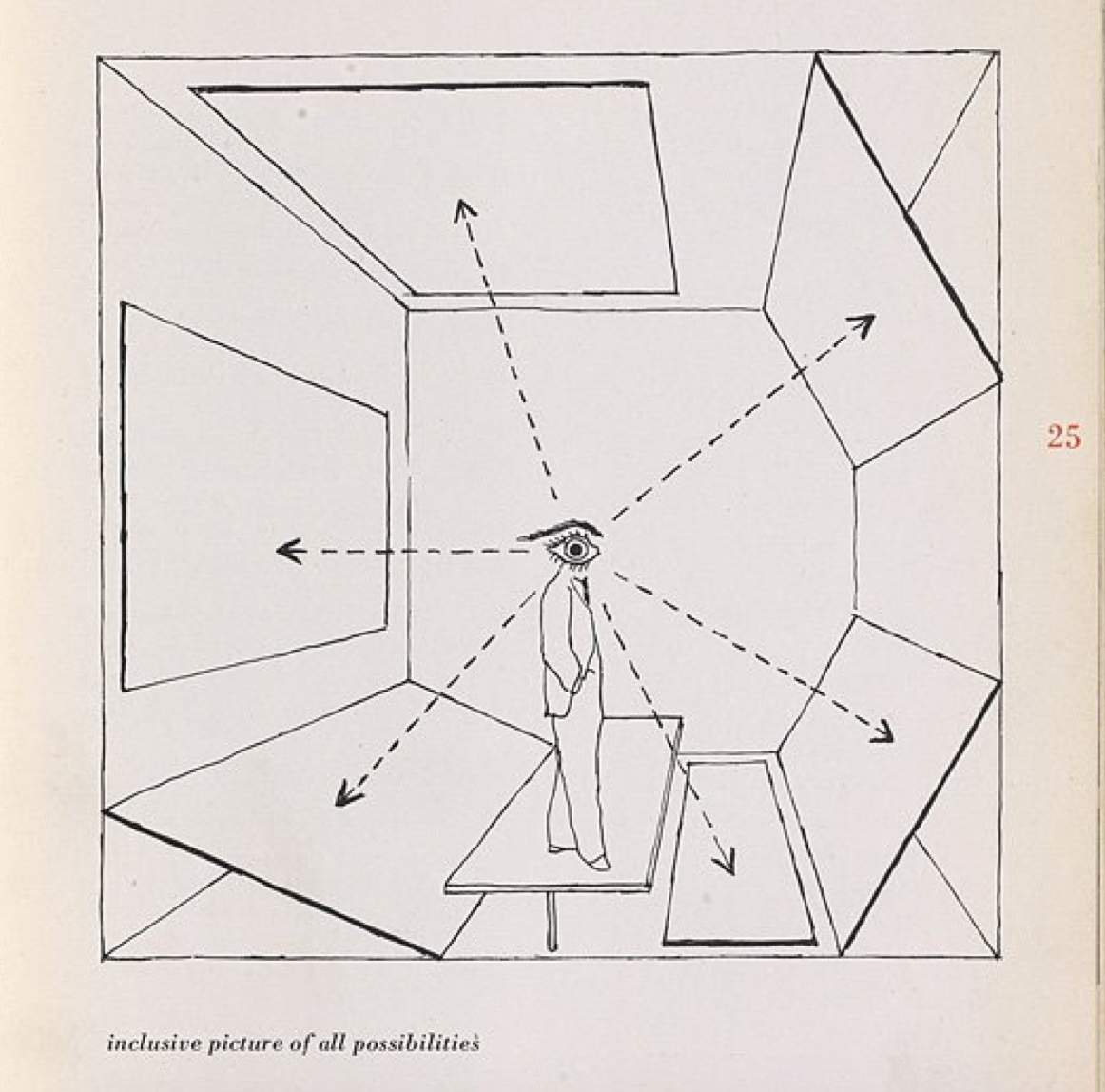








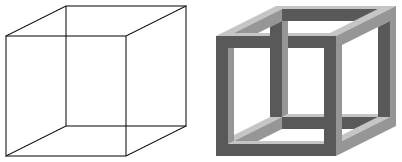





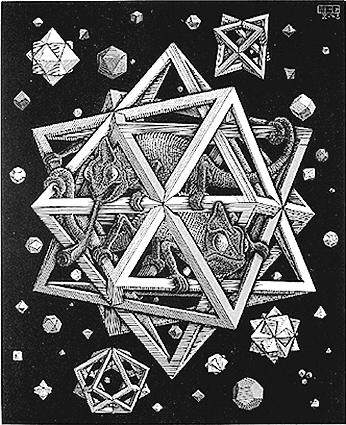











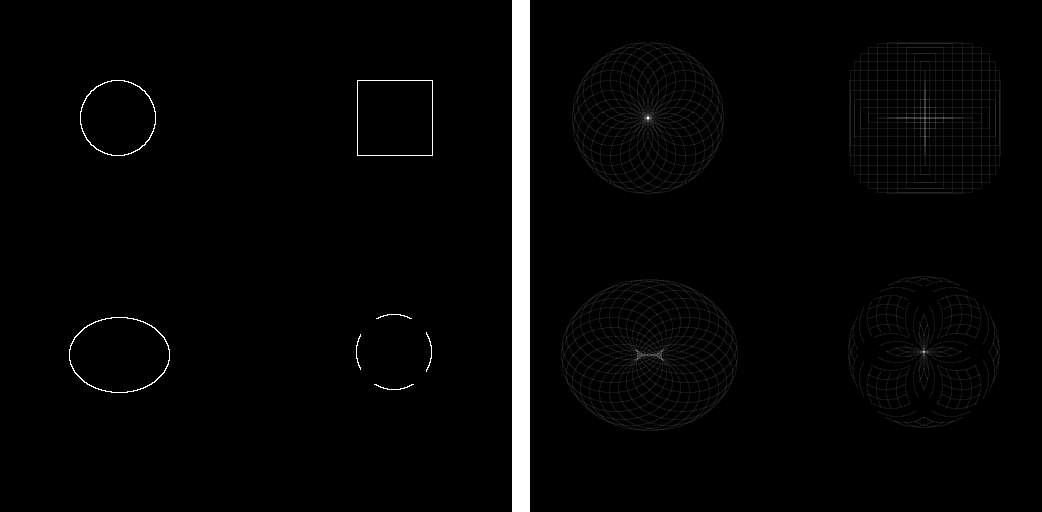














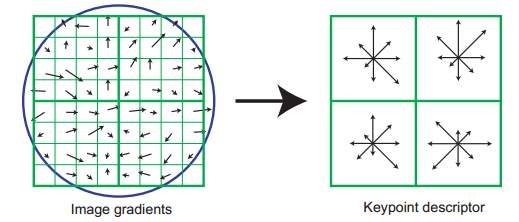


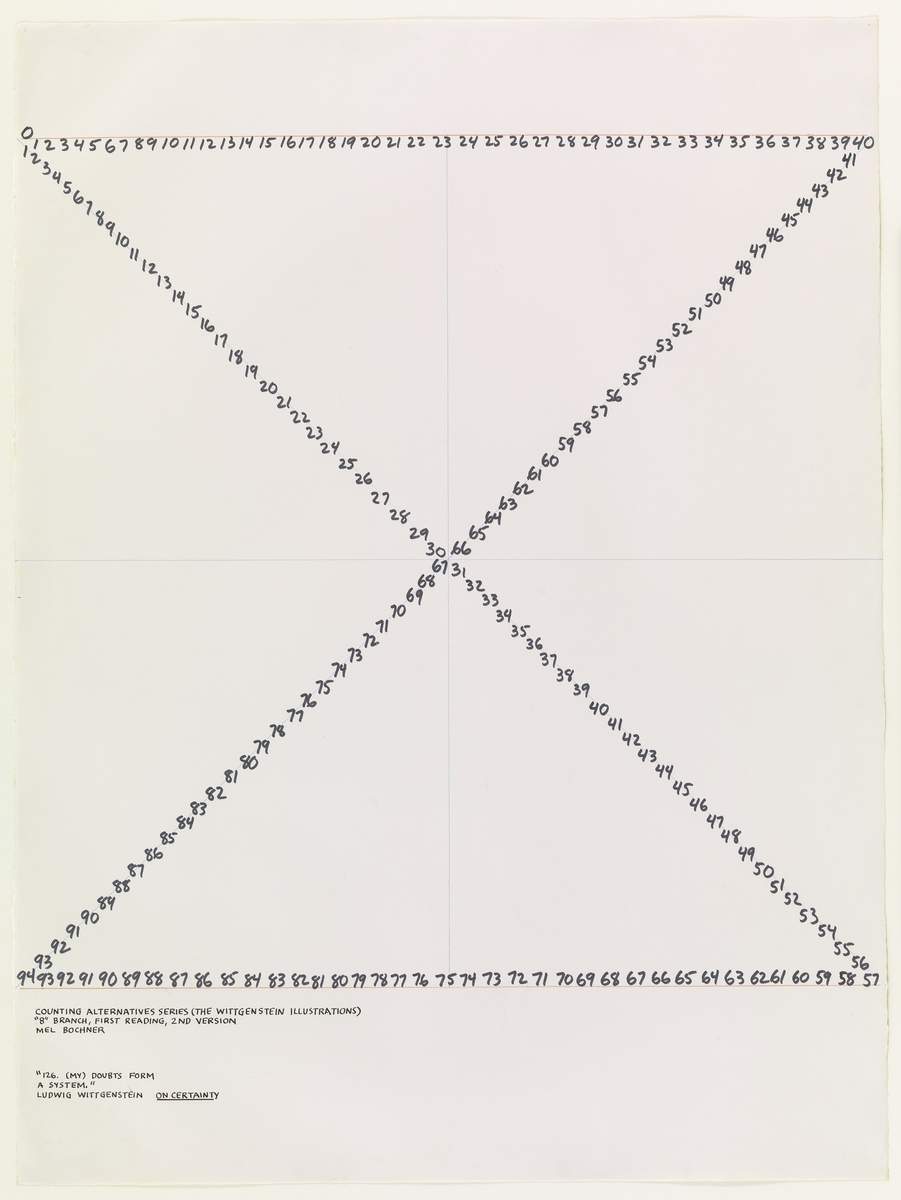











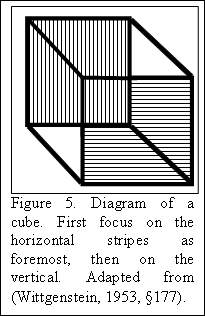


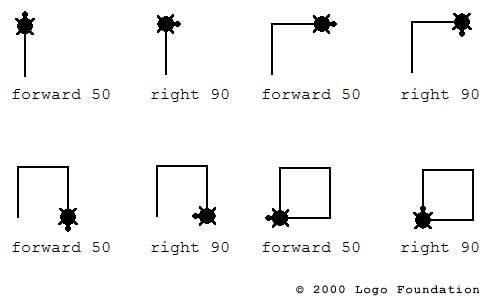








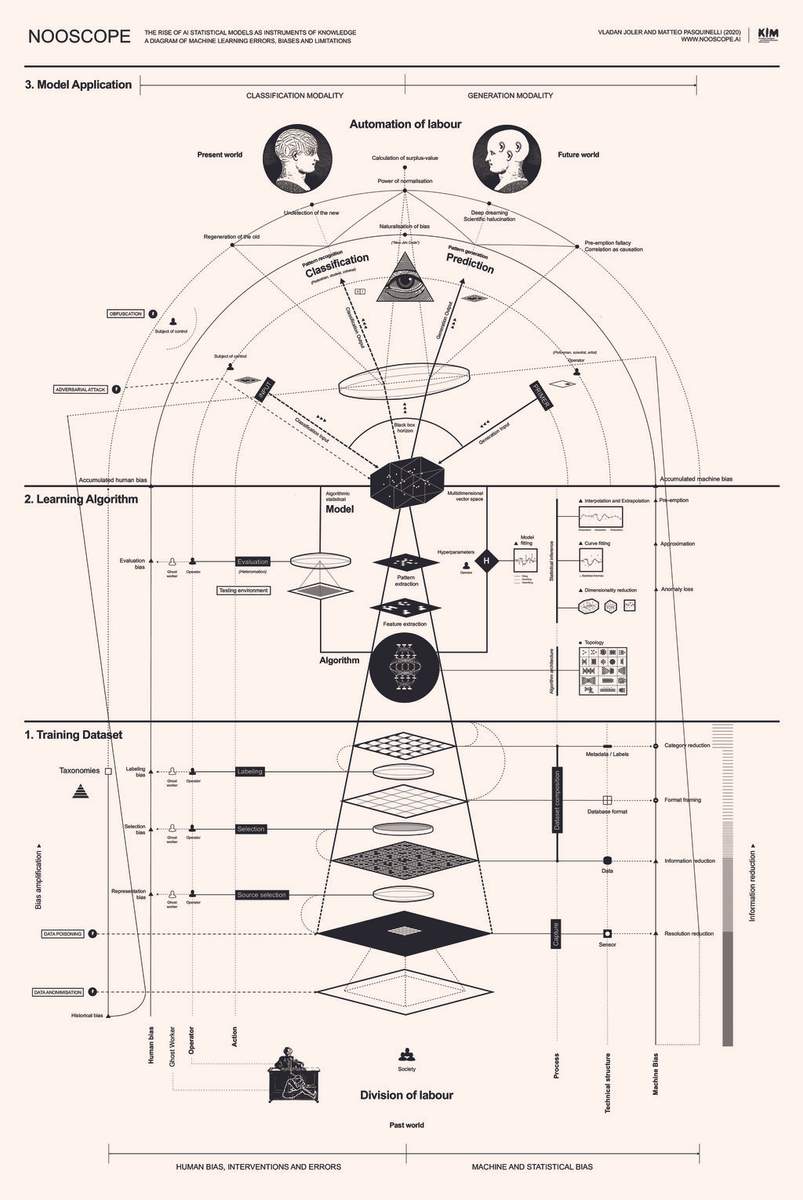











"Computer vision and artificial intelligence have become ubiquitous. We are now living in a world of planetary-scale 'Smart Cities' that track license plates, cell phone signals, faces, and pedestrian movements; self-driving cars autonomously navigate urban environments; robotic factories use computer vision for quality assurance and logistics. The works in this exhibition seek to provide a small glimpse into the workings of these platforms, and into the underlying data that structures how machines 'perceive' images, language, landscapes, and people."
"Computer vision and artificial intelligence have become ubiquitous. We are now living in a world of planetary-scale 'Smart Cities' that track license plates, cell phone signals, faces, and pedestrian movements; self-driving cars autonomously navigate urban environments; robotic factories use computer vision for quality assurance and logistics. The works in this exhibition seek to provide a small glimpse into the workings of these platforms, and into the underlying data that structures how machines 'perceive' images, language, landscapes, and people."
"Computer vision and artificial intelligence have become ubiquitous. We are now living in a world of planetary-scale 'Smart Cities' that track license plates, cell phone signals, faces, and pedestrian movements; self-driving cars autonomously navigate urban environments; robotic factories use computer vision for quality assurance and logistics. The works in this exhibition seek to provide a small glimpse into the workings of these platforms, and into the underlying data that structures how machines 'perceive' images, language, landscapes, and people."






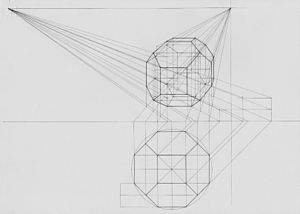








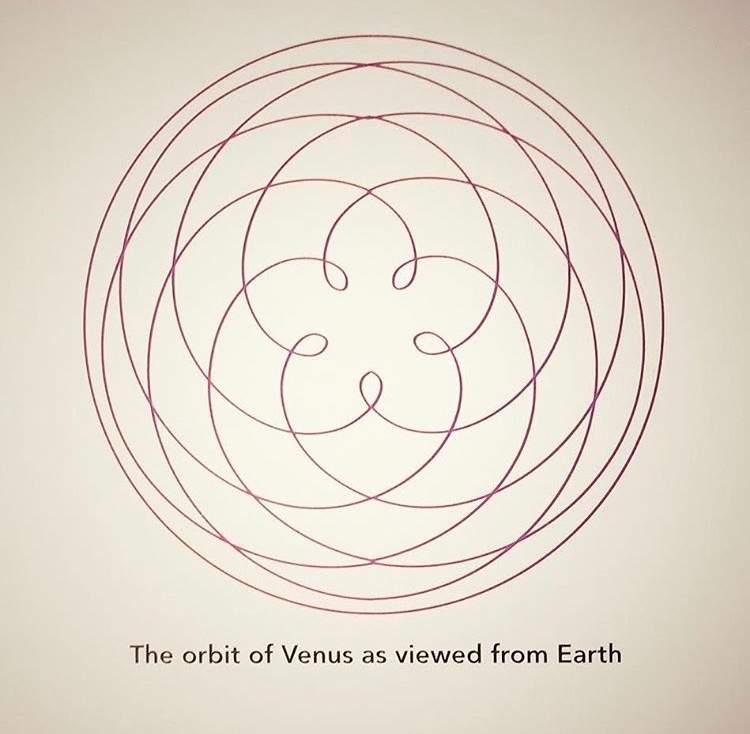





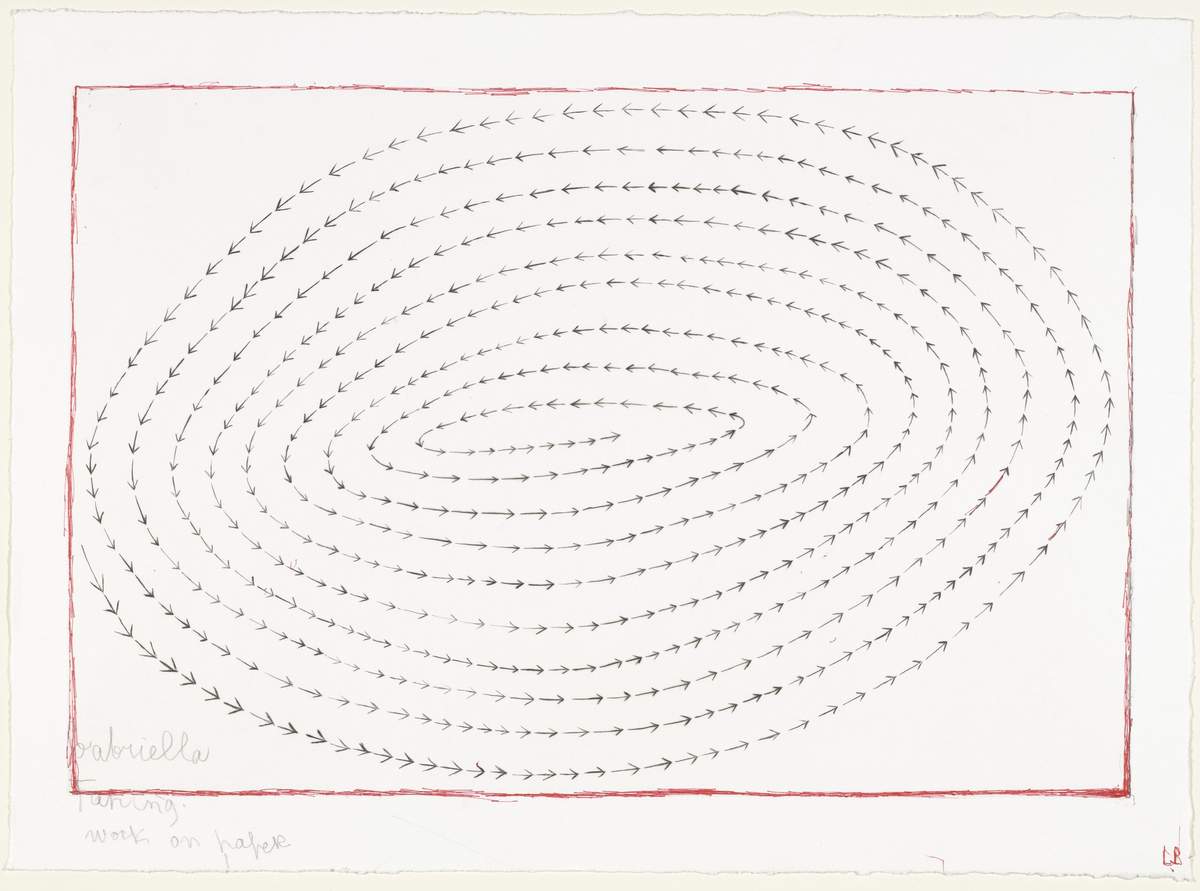








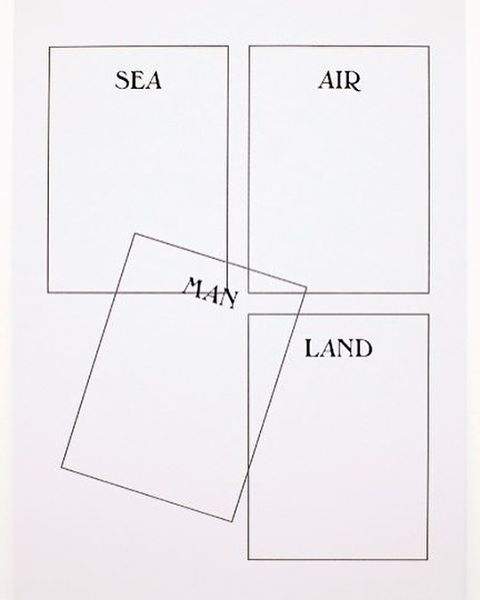


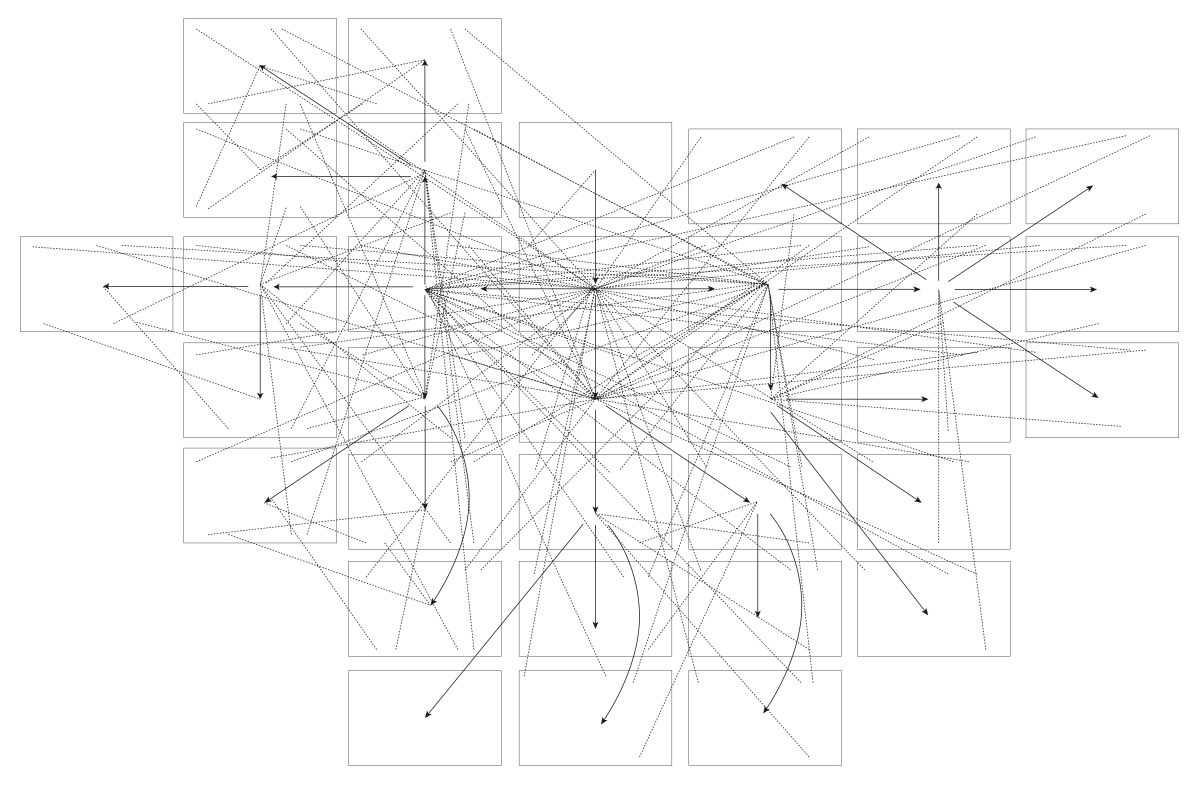


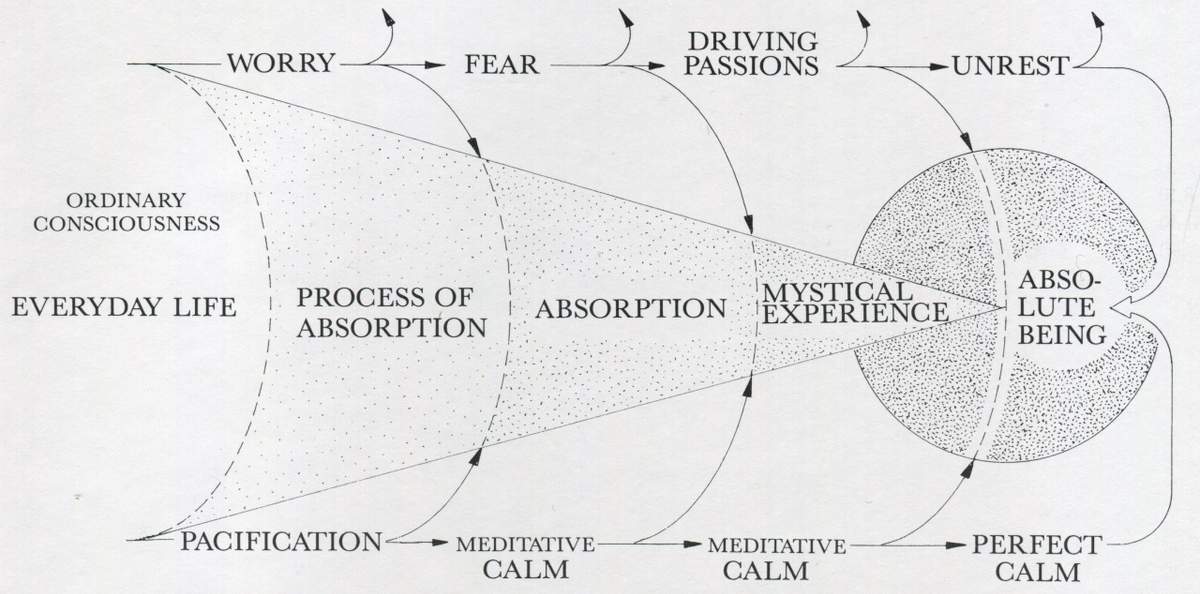

















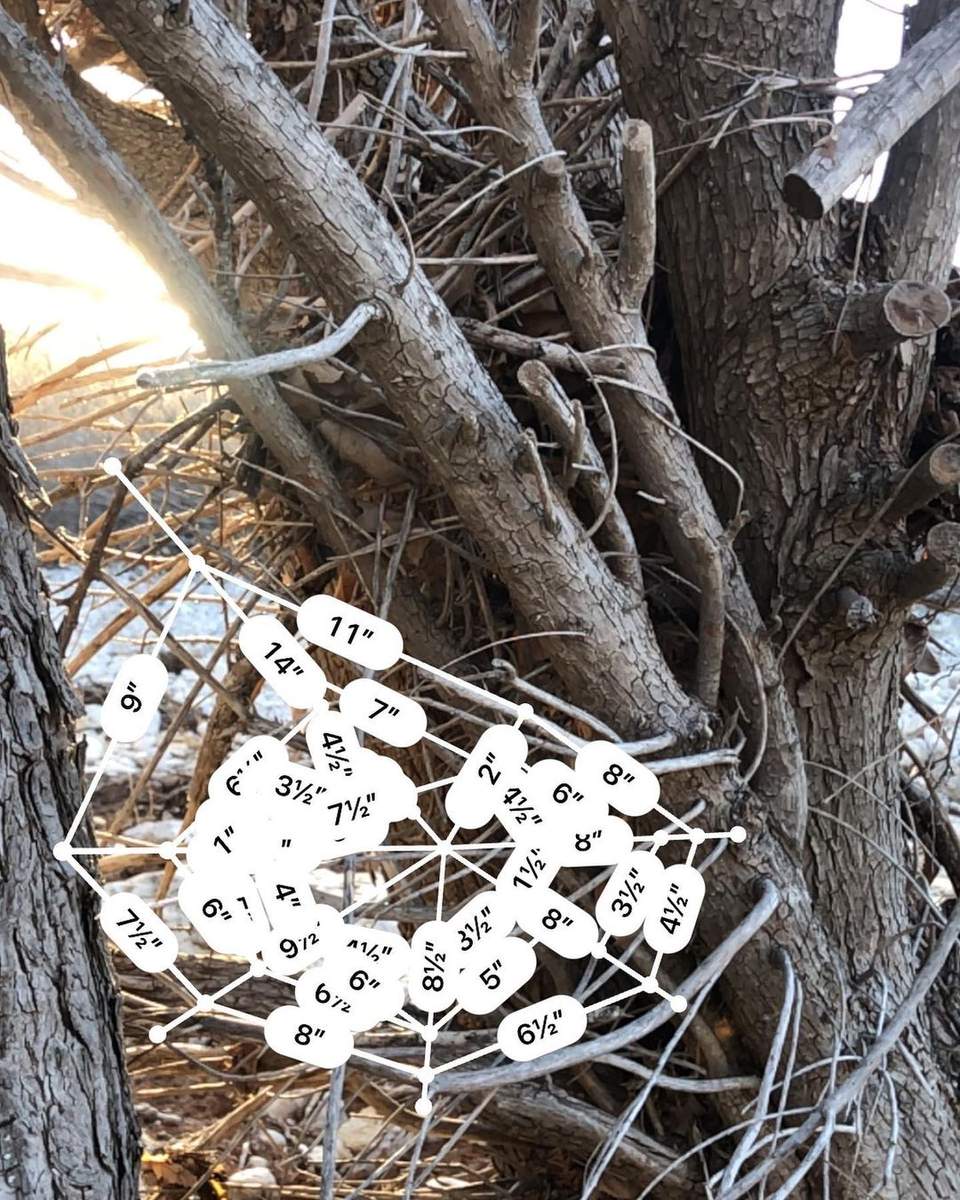


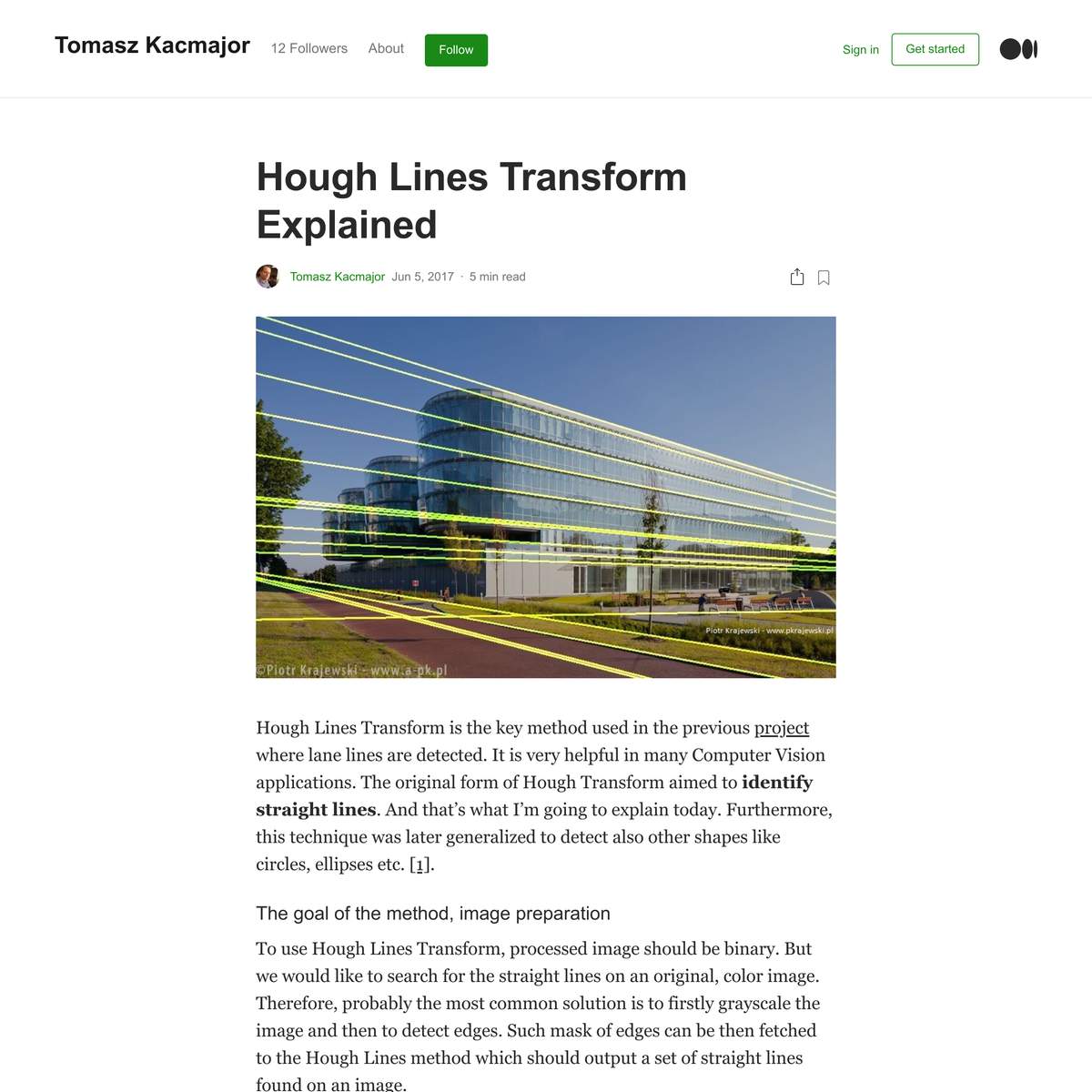


























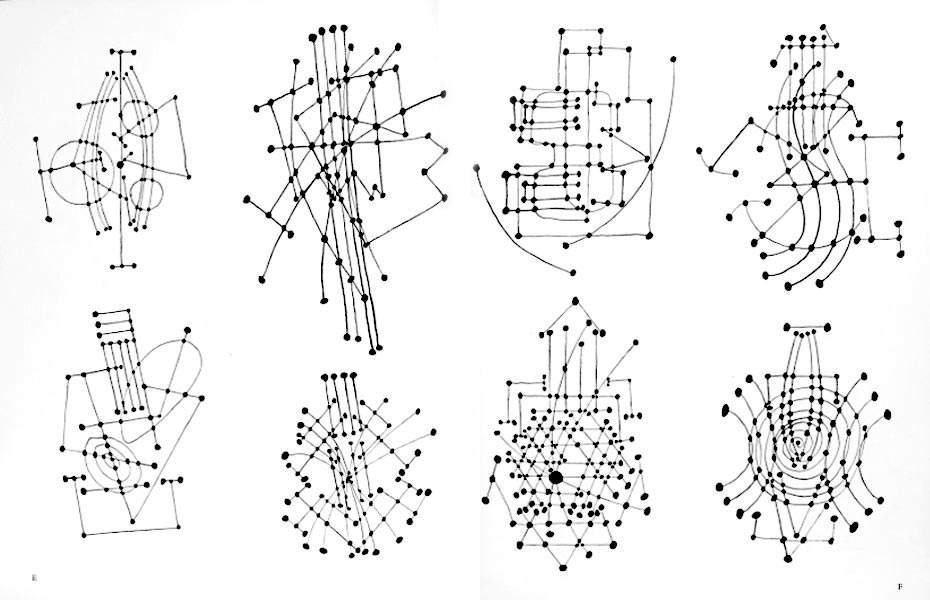











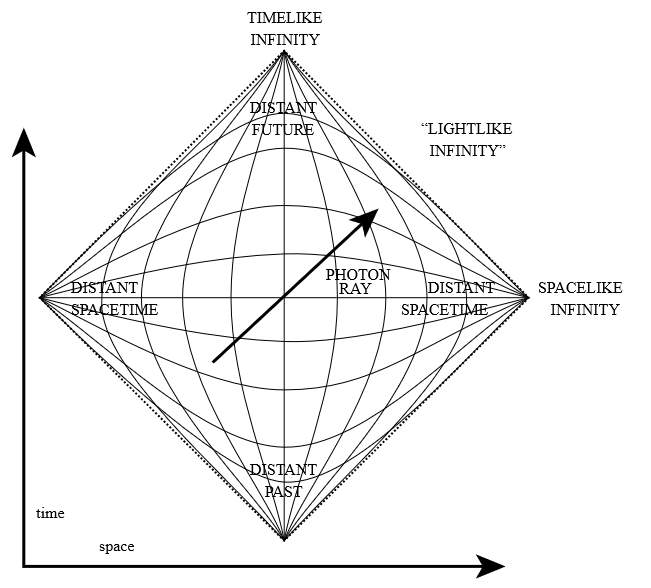





"Computer vision and artificial intelligence have become ubiquitous. We are now living in a world of planetary-scale 'Smart Cities' that track license plates, cell phone signals, faces, and pedestrian movements; self-driving cars autonomously navigate urban environments; robotic factories use computer vision for quality assurance and logistics. The works in this exhibition seek to provide a small glimpse into the workings of these platforms, and into the underlying data that structures how machines 'perceive' images, language, landscapes, and people."
"Computer vision and artificial intelligence have become ubiquitous. We are now living in a world of planetary-scale 'Smart Cities' that track license plates, cell phone signals, faces, and pedestrian movements; self-driving cars autonomously navigate urban environments; robotic factories use computer vision for quality assurance and logistics. The works in this exhibition seek to provide a small glimpse into the workings of these platforms, and into the underlying data that structures how machines 'perceive' images, language, landscapes, and people."
"Computer vision and artificial intelligence have become ubiquitous. We are now living in a world of planetary-scale 'Smart Cities' that track license plates, cell phone signals, faces, and pedestrian movements; self-driving cars autonomously navigate urban environments; robotic factories use computer vision for quality assurance and logistics. The works in this exhibition seek to provide a small glimpse into the workings of these platforms, and into the underlying data that structures how machines 'perceive' images, language, landscapes, and people."


















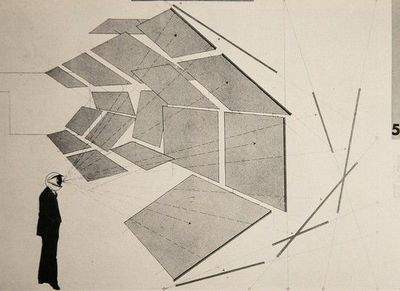

















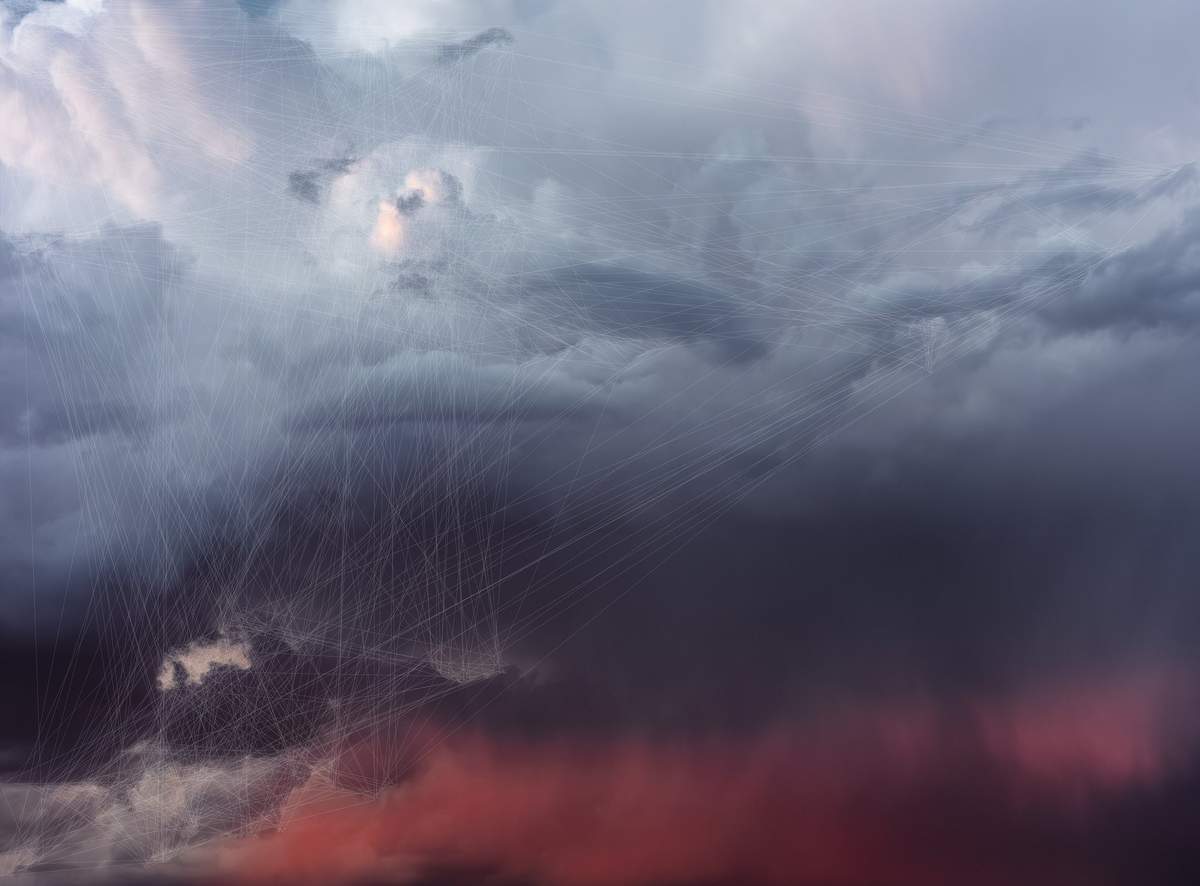

























































































"Computer vision and artificial intelligence have become ubiquitous. We are now living in a world of planetary-scale 'Smart Cities' that track license plates, cell phone signals, faces, and pedestrian movements; self-driving cars autonomously navigate urban environments; robotic factories use computer vision for quality assurance and logistics. The works in this exhibition seek to provide a small glimpse into the workings of these platforms, and into the underlying data that structures how machines 'perceive' images, language, landscapes, and people."
"Computer vision and artificial intelligence have become ubiquitous. We are now living in a world of planetary-scale 'Smart Cities' that track license plates, cell phone signals, faces, and pedestrian movements; self-driving cars autonomously navigate urban environments; robotic factories use computer vision for quality assurance and logistics. The works in this exhibition seek to provide a small glimpse into the workings of these platforms, and into the underlying data that structures how machines 'perceive' images, language, landscapes, and people."
"Computer vision and artificial intelligence have become ubiquitous. We are now living in a world of planetary-scale 'Smart Cities' that track license plates, cell phone signals, faces, and pedestrian movements; self-driving cars autonomously navigate urban environments; robotic factories use computer vision for quality assurance and logistics. The works in this exhibition seek to provide a small glimpse into the workings of these platforms, and into the underlying data that structures how machines 'perceive' images, language, landscapes, and people."










































































